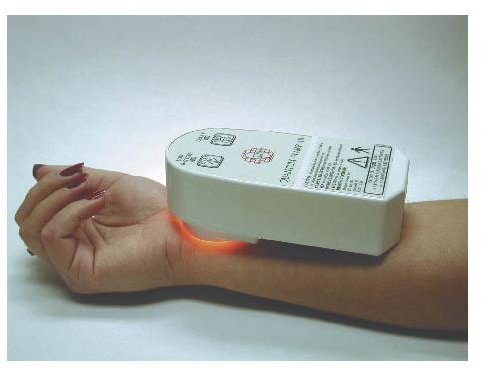NASA Spinoff Technologies - Everyday Uses For NASA Technology from Medical Testing to Temper Foam
Throughout the years, NASA has helped develop a number of new technologies that have been utilized by companies for general public consumption. These technologies, commonly called “spinoffs,” have had beneficial properties for many industries and individuals.
In the fields of health and medicine, NASA helped develop infrared ear thermometers, new designs for artificial limbs and light-emitting diodes. In transportation, the organization has given the public the grooves in roads for highway safety, improved radial tires and new anti-icing systems. Advances in video enhancements and even land mine removal techniques have helped criminal justice and saved lives. New ideas for water purification and the cleaning of polluted materials have helped environmental concerns, as has better mining practices and food safety systems developed by NASA. In the consumer market, temper foam and freeze drying technology has been essential to modern living and new advances in enriching baby food has helped children worldwide.
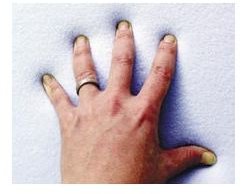
Much of these inventions stem from a document known as the Space Act Agreement. The Space Act Agreement is a mandate that states NASA can make agreements with private enterprises to develop needed technology for the space program. The technology will then fall to the private business to commercialize. A number of additional technologies have been created by this public-private agreement. Many have changed the world forever.
Polymer Fabrics
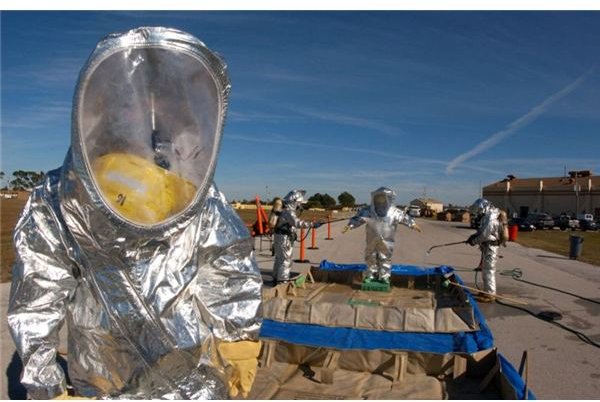
In a joint research operation between NASA and Celanese Corporation of New York, fire-resistant polymer fabrics were developed for use in space suits and on vehicles. In 1967, this technology was essential to the moon missions as well as other NASA ventures. Today, the polymers are used to help protect firefighters, the military and athletes in high-risk situations.
Measurement Systems for Boats
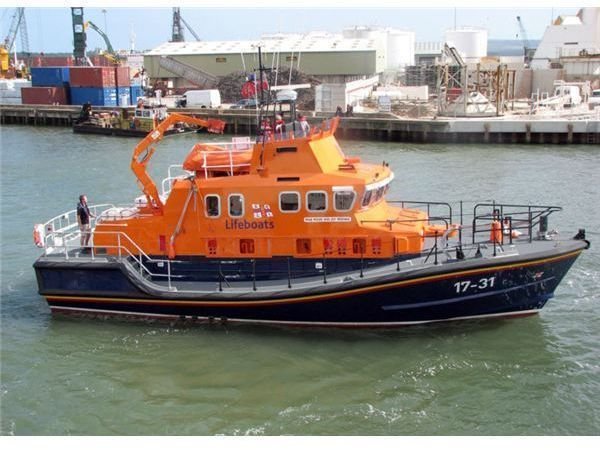
The Langley Research Center was faced with a challenge in developing a new way to measure fluids in aging aircraft. NASA was able to find a way to provide accurate measurements of volume despite motion. Tidewater Sensors LLC, a Newport News, Virginia, company, adopted the technology for use in fuel management systems for boats. Despite the rocking motion caused by waves, it was able to provide accurate readings. This has revolutionized fluid measurements in marine vehicles.
Improved Truck Design
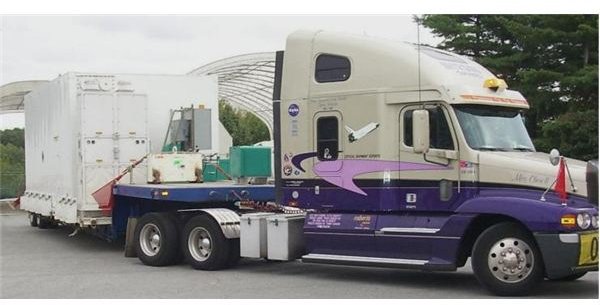
The aerodynamic research conducted by NASA has greatly improved the design elements of truck technology. Researchers at the Dryden Flight Research Center began to conduct tests on semi trucks in the 1970s. These tests were continued at the Langley Research Center during the 1980s and 1990s. The team working on the project developed better ways to control drag and the flow of air around the bodies of the trucks as they moved. Modern aerodynamic designs on semi trucks are directly linked to this research.
Lithium-Ion Vehicles
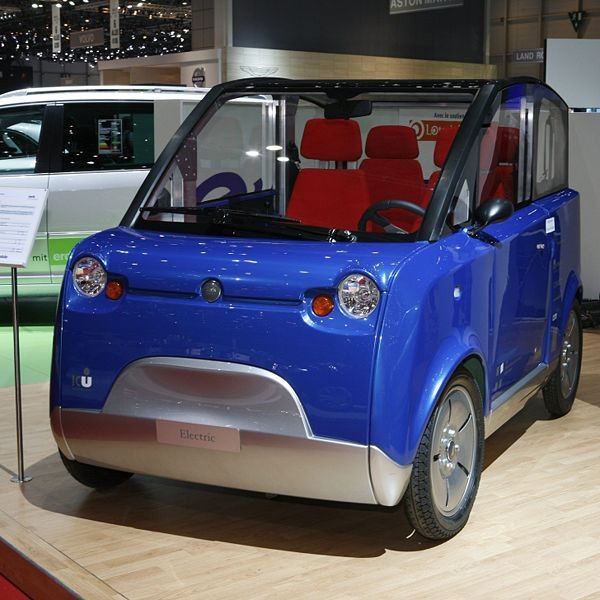
Long before their introduction to hybrid-electric automobiles, lithium-ion battery technology was being implemented into a number of vehicles by NASA. Utilizing the Space Act Agreement, the Kennedy Space Center researched the numerous applications of lithium-powered vehicles for NASA’s fleet. A number of engineers helped develop the concept of advanced battery management systems for cars. After testing a number of zero-emission vehicles, Hybrid Technologies, Inc. adapted the technology to a number of consumer-ready cars and transportation options.
Swimsuits
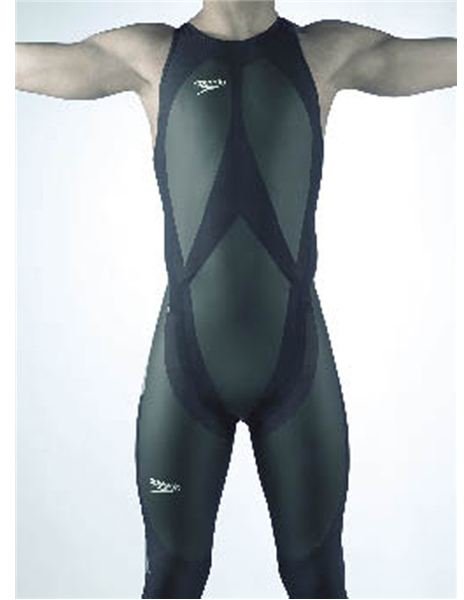
One of the most famous uses for a NASA spinoff is the Speedo racing suit used during the 2008 Olympics. Utilizing NASA’s experiments in the study of friction and drag, Speedo adapted the research into new racing swimsuits. The suits are able to reduce skin friction drag by 24 percent more than previous versions. The results were recorded in Olympics, with 94 percent of gold medal swimmers donning the outfits for competition.
Diving Suits
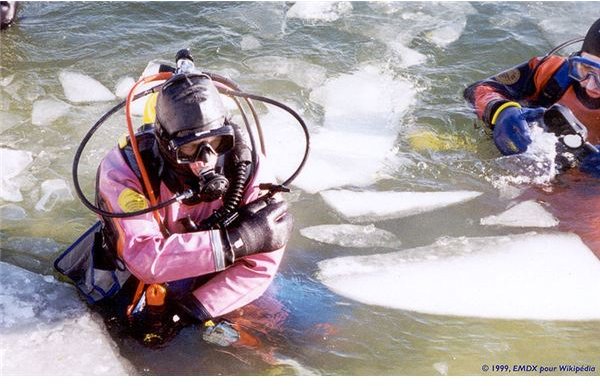
Founded in 1993, Paragon Space Development Corporation in Tucson, Arizona utilized a NASA grant to develop a number of technologies essential to the space suit. Paragon worked with NASA to create improved environmental control systems as well as life support solutions. Thermal control advances have also been made, which are essential to the continued technological improvements needed for the Orion Space Exploration Vehicle. These designs have been implemented in the suits of undersea divers who deal with extreme conditions such as toxic spills, chemical agents and high-pressure conditions.
References
Who Invented the World’s First Digital Camera?
NASA’s Jet Propulsion Laboratory
Image Sources
Light-Emitting Diode. (Supplied by NASA; Public Domain; https://upload.wikimedia.org/wikipedia/en/2/28/Warp_10_2005.jpg)
Temper Foam. (Supplied by NASA; Public Domain; https://upload.wikimedia.org/wikipedia/en/f/ff/Temperfoam1-2005.jpg)
Hazmat Suit. (Supplied by the U.S. Air Force; Public Domain; https://upload.wikimedia.org/wikipedia/commons/e/eb/FlashSuit.jpg)
Lifeboat. (Supplied by Arpingstone at Wikimedia Commons; Public Domain; https://upload.wikimedia.org/wikipedia/commons/a/aa/Lifeboat.17-31.underway.arp.jpg)
NASA Truck. (Supplied by NASA; Public Domain; https://upload.wikimedia.org/wikipedia/commons/c/c3/Backing_it_in_2.jpg)
Electric Car. (Supplied by Rama at Wikimedia Commons; Creative Commons Attribution ShareAlike 2.0; https://upload.wikimedia.org/wikipedia/commons/1/17/Ultralight_electric_car_IWK_mg_2179.jpg)
Speedo Swimsuit. (Supplied by NASA; Public Domain; https://www.sti.nasa.gov/tto/Spinoff2008/ch_4.html)
Divers. (Supplied by Emdx at Wikimedia Commons; GNU Free Documentation License; https://upload.wikimedia.org/wikipedia/commons/5/5d/Plongee_CombinaisonsEtanchesDansLaGlace-199912.jpg)
